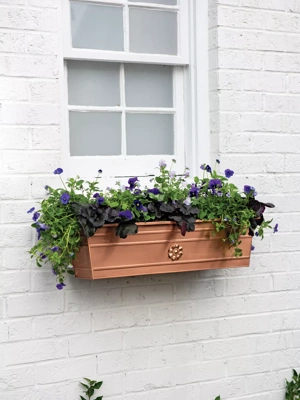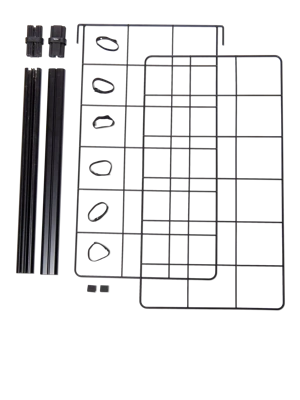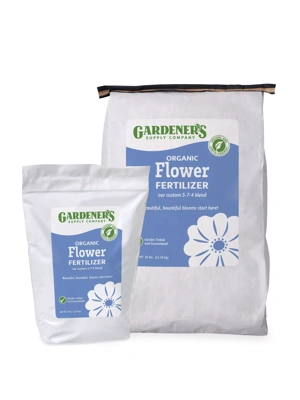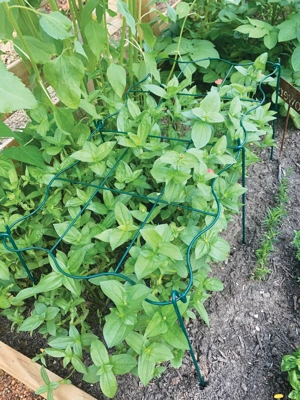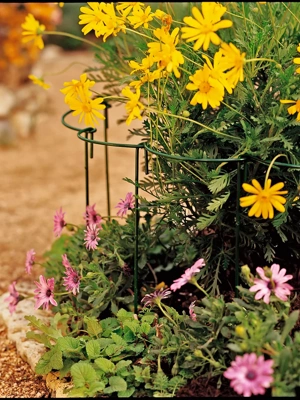Growing Tuberous Begonias

This upright-type begonia lights up the shade with its large blooms. Staking is required to ensure these fragile beauties stay upright.
 The begonia tuber that produced the flowers in the photo above.
The begonia tuber that produced the flowers in the photo above.Of the more than 1,000 species of begonias known to man, the tuberous begonias must be considered the most stunning. With up to 8-inch, showy flowers that bloom from summer to fall, tuberous begonias provide all-season color when planted in containers and beds. Perhaps their greatest attribute is that they bloom in the shade.
Breeders have created various classes of tuberous begonias, which are distinguished by the flower's form. Flower color ranges from pure white to the deepest crimson. There are even picotee types that feature contrasting colors on the petal edges. The type you choose to grow is purely a matter of personal taste.
Cascading varieties, such as those in the Illumination series, look beautiful planted in baskets hung on decks or patios, or suspended from the branches of a large tree.
Upright-forms, such as those found in the Nonstop series, grow about a foot tall. and can be used in planters or along the edge of a walk.
Planting and Care
Tuberous begonias are native to high altitudes growing conditions in the Andes Mountains. They perform best when grown in a similar environment with high humidity and cool nights. Tuberous begonias do not grow well in hot, arid environments without special care. Though they need to be shaded from hot sunlight, they do need some sun to flower best. Morning light or light that is filtered through leaves or a lattice roof is best.
It may take up to three months from planting the tuber to full bloom, so tubers should be started indoors at least a month before the last frost date. Set tubers 1 inch apart, hollow side up, in shallow pots filled with moistened potting soil in a 70-degree room. Cover each tuber with about an inch of potting soil. Water thoroughly only once to stimulate growth, but do not let the soil dry out completely. Again, a humid environment is best.
Once the sprouts are 1 to 2 inches long, re-pot the tubers in 6-inch pots, or their permanent containers. Use a light, moisture-retentive growing mix and cover the tubers with no more than 2 inches of soil. To produce fewer, but larger flowers, pinch off all but a few of the young stems. For a bushier plant, allow all the buds to develop into stems.
After danger of frost has passed, move containers to a partly shaded outdoor location away from any strong winds. If planting in beds, set begonias 8 to 12 inches apart. Plant in a location that gets early-morning or late-afternoon sun. Fertilize regularly. Keep containers moist, but avoid overwatering, which may cause the begonia stems to rot. Begonia foliage should be kept as dry as possible. Overhead watering can lead to powdery mildew disease, so use soaker hose, drip irrigation or self-watering containers for best results.
Deadhead plants regularly to reduce the threat of disease. For an exotic effect, snip a flower and float it in a bowl of water indoors.
Tuberous begonias are cold-sensitive and will survive outdoors only in frost-free areas of USDA hardiness zones 9 and 10. In most areas, come fall before frost has nipped the plants, remove tubers from containers or beds and let them dry in an airy, shady place indoors. After the tops dry, remove them and store the tubers in dry peat moss in a cool, dark place with temperatures between 35 and 45 degrees F. In late spring, begin the cycle again starting tubers indoors about a month before last frost.
Last updated: 07/26/2023
Print this Article:
Related items
Get the Dirt
Stay up to date on new articles and advice. Please fill out the information below.


